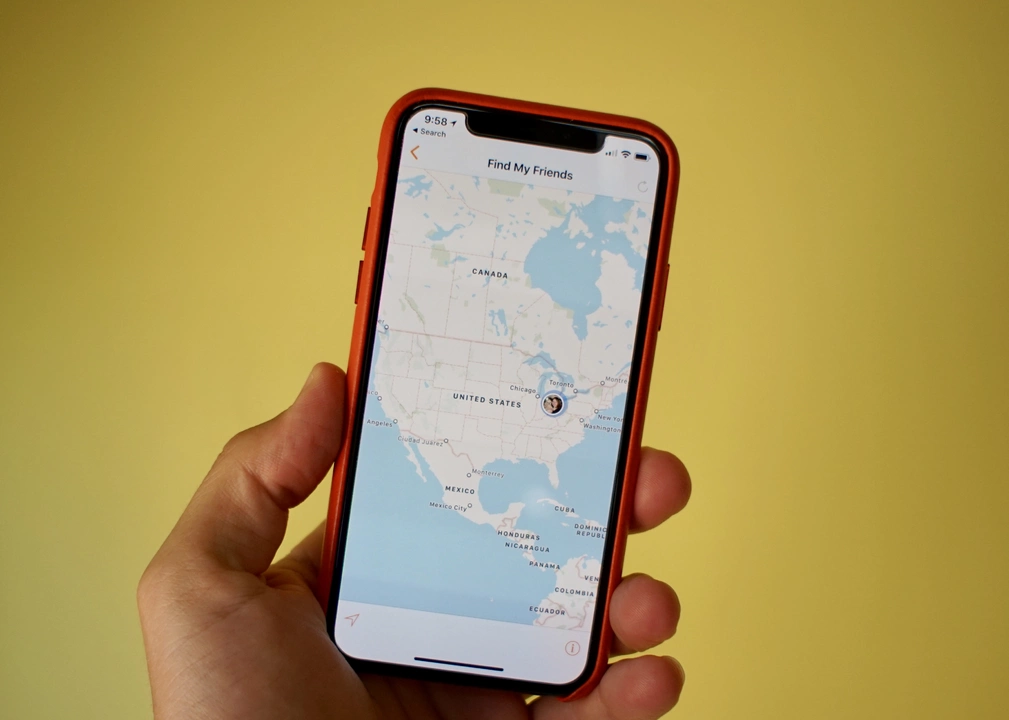Background Running Apps: Boost Your Run Without Missing a Beat
Ever tried to glance at your phone while jogging and ended up tripping over a curb? A background running app lets you focus on the road while it quietly tracks distance, pace, and calories. You get the data you need without stopping, scrolling, or pulling out the phone.
Why Use a Background App?
First, it saves time. The app runs in the background, so you don’t have to open it every time you start a run. Second, it keeps you safer. No more looking down at a bright screen while you’re moving. Third, most apps sync automatically with your watch or fitness band, making it easy to see stats at a glance.
Most runners also love the battery saving mode. The app records only the essentials – GPS location, pace, and elapsed time – and skips the extra graphics that drain power. This means you can run farther on a single charge.
Key Features to Look For
Accurate GPS tracking. A good app locks onto satellites quickly and stays steady even when you pass tall buildings or trees.
Auto‑pause. If you stop for a light, the app pauses automatically and resumes when you start moving again.
Voice prompts. Hear your pace, distance, and heart‑rate without looking at a screen.
Data export. Export your runs to CSV or connect to Strava, Garmin Connect, or Google Fit for deeper analysis.
Privacy controls. Choose what information is shared and who can see your routes.
When you pick an app, try the free version first. Most popular apps let you test core features before you decide to upgrade. Look at the reviews – a pattern of complaints about GPS drift or battery drain usually means the app isn’t ready for daily use.
Here are three apps that consistently rank high for background running:
- RunKeeper. Simple interface, reliable GPS, and voice cues that you can customize.
- MapMyRun. Great map features, easy route planning, and strong integration with a variety of wearables.
- Nike Run Club. Offers guided runs, community challenges, and smooth background operation.
All three work on iOS and Android, run in the background, and let you set goals without opening the app during a jog.
To get the most out of any background app, follow these quick steps:
- Enable location services for the app in your phone settings.
- Turn off battery optimizations that might stop the app while it’s running.
- Set voice alerts to the distance or time intervals you prefer.
- Sync the app with your smartwatch or fitness band for easy glance‑checks.
- Review your weekly summary each Sunday and adjust goals if needed.
One common mistake is starting a run with a weak GPS signal. To avoid inaccurate data, open the app a minute before you head out – it will lock onto satellites and give you a stable reading.
If you’re worried about privacy, check the app’s data policy. Most reputable apps let you hide exact routes or delete old workouts with a tap.
Finally, remember that the app is a tool, not a replacement for feeling your own body. If you notice you’re getting overly focused on numbers, take a step back and run by feel for a few minutes. The best runs blend tech help with personal awareness.
Give a background running app a try on your next jog. You’ll likely finish faster, stay safer, and have solid data to track progress over weeks and months.

Where are the background running apps on an iPhone?
As an iPhone user, I've often wondered where the background running apps are located. After some research, I found out that these apps can be accessed by simply double-clicking the home button or swiping up from the bottom of the screen (for iPhones without a home button). This opens up the app switcher, where all the currently running apps are displayed. From here, you can swipe left or right to view the different apps running in the background. This feature is extremely useful for managing battery life and ensuring your iPhone runs smoothly.